So you want to display what’s on your mobile device to your class? There are a variety of ways to do this from direct wired VGA connection or with Apple TV (for the iPad) or with apps (such as AirServer app).
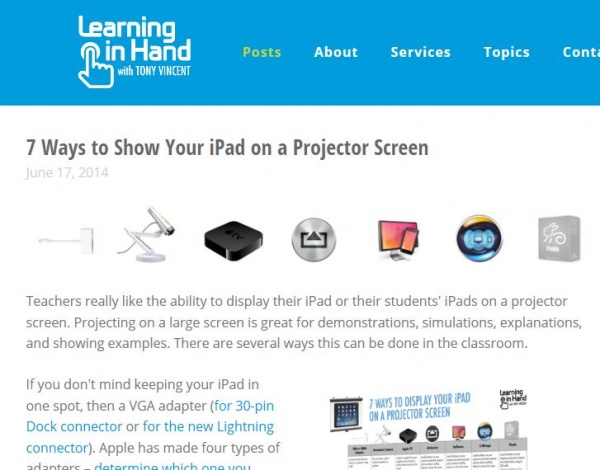 7 Ways to show iPad on a projector screen – a post by Tony Vincent on the Learning in Hand blog describing a variety of ways in which to display what’s seen on the iPad on a projector, with each scenario explained and the resources required to make it work. Each situation makes one tool more suitable than another so this post also explains how different situations will be best served. Click here for 8 ways to show your iPad on a projector screen, an updated version of this post by Tony Vincent
7 Ways to show iPad on a projector screen – a post by Tony Vincent on the Learning in Hand blog describing a variety of ways in which to display what’s seen on the iPad on a projector, with each scenario explained and the resources required to make it work. Each situation makes one tool more suitable than another so this post also explains how different situations will be best served. Click here for 8 ways to show your iPad on a projector screen, an updated version of this post by Tony Vincent
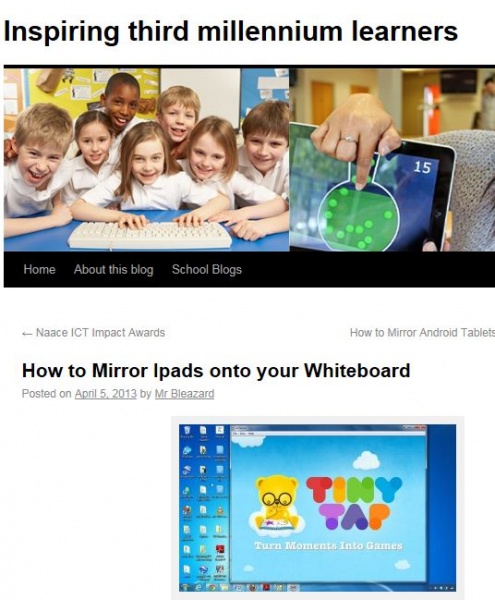 How to mirror iPads onto your whiteboard – a post by Tim Bleazard on the City of Bradford ICT support blog describing different ways of displaying what’s on the iPad through a projector.
How to mirror iPads onto your whiteboard – a post by Tim Bleazard on the City of Bradford ICT support blog describing different ways of displaying what’s on the iPad through a projector.
Here’s a video by Richard Hirstwood showing how you can connect an iPad to a projector, screen or television with leads or via wireless: http://www.youtube.com/watch?v=gf2qeXC6aOo
[kml_flashembed movie="http://www.youtube.com/v/gf2qeXC6aOo" width="425" height="344" allowfullscreen="true" fvars="fs=1" /]
Here’s a video tutorial on using the Reflector app on an Ipad to mirror what appears on the iPad on a projector: http://www.youtube.com/watch?feature=youtu.be&v=4ezxd0Hsavk&desktop_uri=%2Fwatch%3Fv%3D4ezxd0Hsavk%26feature%3Dyoutu.be&app=desktop
[kml_flashembed movie="http://www.youtube.com/watch?feature=youtu.be" width="425" height="344" allowfullscreen="true" fvars="fs=1" /]
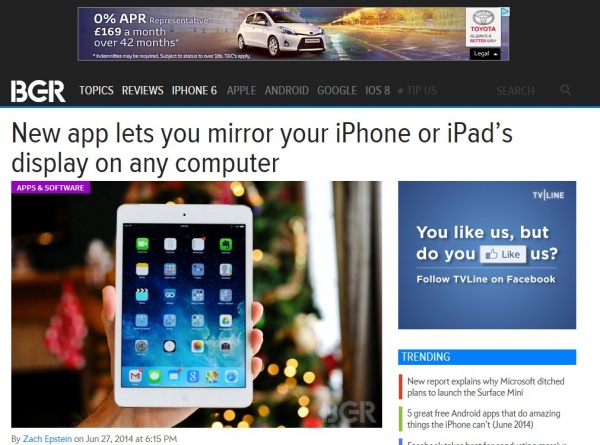 Mirror360 – an app which promotes itself as able to mirror everything on the mobile device screen through a desktop computer to a projector
Mirror360 – an app which promotes itself as able to mirror everything on the mobile device screen through a desktop computer to a projector
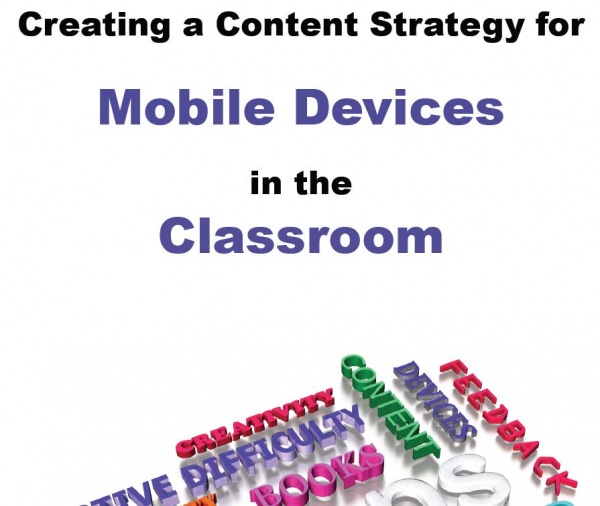 Creating a Content Strategy for Mobile Devices in the Classroom – is a comprehensive document by Karen Mahon which starts with the question many schools which have invested in the purchase of mobile devices: “We have the mobile devices, so now what?”
Creating a Content Strategy for Mobile Devices in the Classroom – is a comprehensive document by Karen Mahon which starts with the question many schools which have invested in the purchase of mobile devices: “We have the mobile devices, so now what?”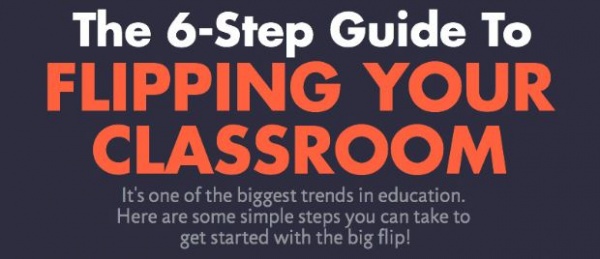 The 6-step Guide to Flipping your classroom
The 6-step Guide to Flipping your classroom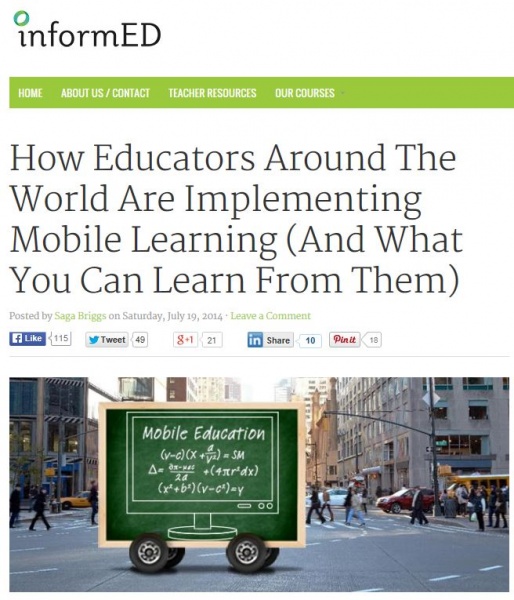 How educators around the world are implementing mobile learning (and what you can learn from them)
How educators around the world are implementing mobile learning (and what you can learn from them) 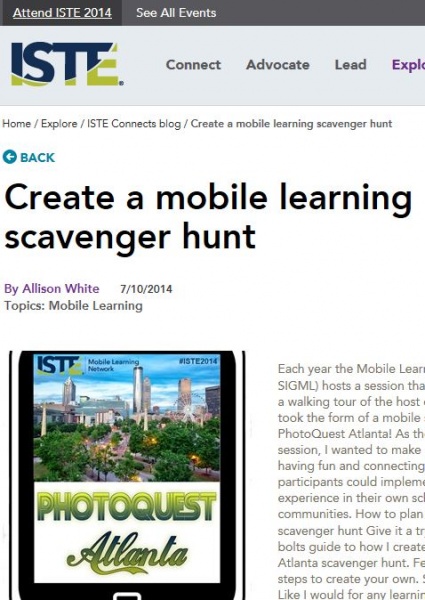 Create a Mobile Learning Scavenger Hunt
Create a Mobile Learning Scavenger Hunt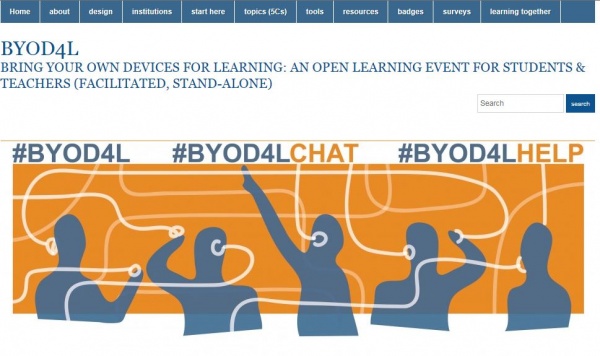 Bring Your Own Device for Learning (BYOD4L)
Bring Your Own Device for Learning (BYOD4L) 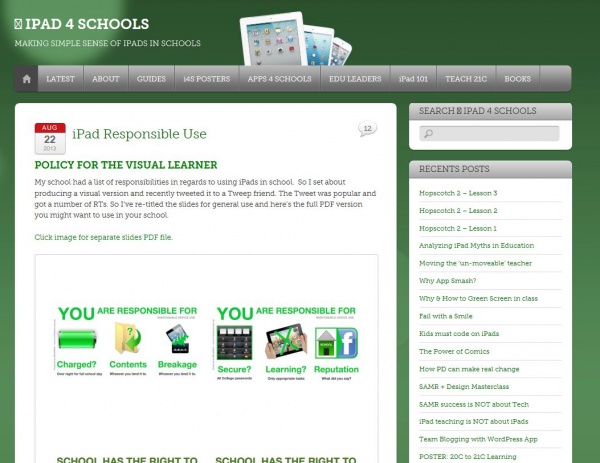 Policy for the Visual Learner
Policy for the Visual Learner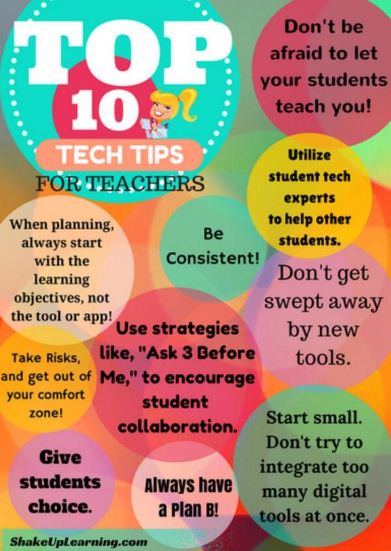 Top 10 Tech Tips for Teachers
Top 10 Tech Tips for Teachers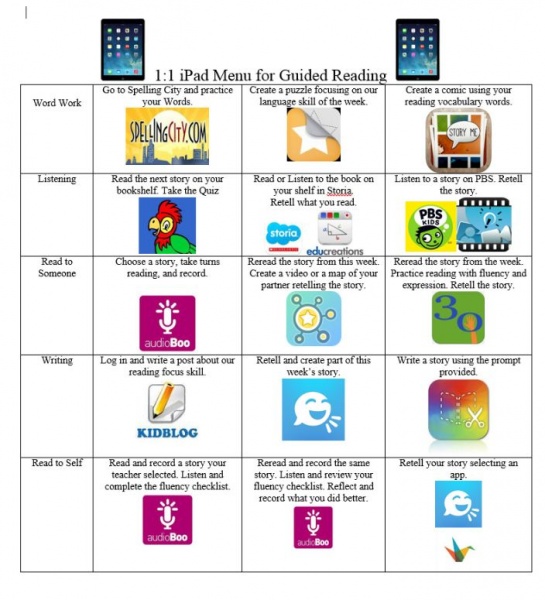 Monica Evon has produced a grid (shared on the te@chthough blog) in which ideas for supporting guided reading are matched to apps on a tablet device.
Monica Evon has produced a grid (shared on the te@chthough blog) in which ideas for supporting guided reading are matched to apps on a tablet device.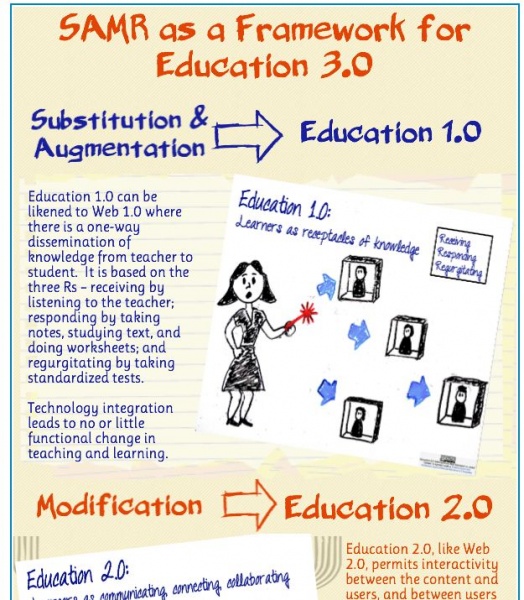 SAMR as a framework for Education 3.0
SAMR as a framework for Education 3.0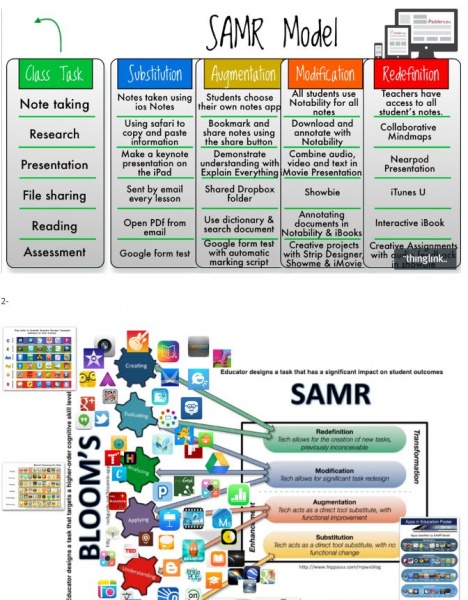 Three Good Interactive Visuals on the SAMR Model for teachers
Three Good Interactive Visuals on the SAMR Model for teachers 7 Ways to show iPad on a projector screen
7 Ways to show iPad on a projector screen How to mirror iPads onto your whiteboard
How to mirror iPads onto your whiteboard Mirror360
Mirror360